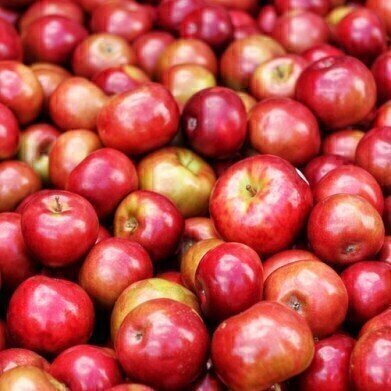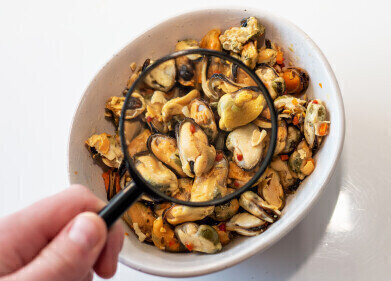GC-MS
How Do Artificial Flavours Affect Apples? - Chromatography Investigates
Dec 31 2019
Apples have been grown in the UK since Roman times - having originated in the Middle east around 4000 years ago. Apples are mainly made of water - in fact, approximately 80% of an apple is water with 10% carbohydrate with a tiny bit of cyanide on the pips. The skins and core contain fibre and an apple contains about 50 Calories depending on size. Nutritionists and doctors recommend that we eat plenty of fruit and vegetables as part of a healthy diet - and apples can play a part of that diet with dietary fibre, vitamins and minerals.
And the bonus is that apples are juicy and tasty. But what is it that we like about apples? A recent study conducted by Italian researchers and published in the journal Molecules investigated the effect of artificial flavourings on apples. The work - Investigating the Effect of Artificial Flavours and External Information on Consumer Liking of Apples - explored how to separate flavour from other characteristics to try and identify what it is that consumers like about apples.
Apples - not just a crunch
Research shows that there are many factors that affect how we perceive the food we eat - and it is the same with apples. This makes it difficult for food researchers to ascertain how changes in one characteristic might affect consumers choice. And apples are no different. In fact, research suggests that apple flavour is of secondary significance what it comes to consumer choice.
In the paper referenced above, the researchers state that this could be because crunchiness, juiciness, and the ratio between acid and sweet are effectively dominant characters in apples; in other words, these characteristics stimulate our senses first when we eat an apple. This means that the consumer experience when eating an apple is the result of many different sensory factors. The team of Italian researchers looked for a way of analysing just the flavour of an apple.
Chromatography studies the flavour
To develop new apple varieties and flavours, apple growers need to know how they can measure flavour attributes. Using one variety of apple, in this case Fuji, the team dipped apples into flavouring solutions representing floral and anise. The effectiveness of the flavourings was measured using solid-phase microextraction gas chromatography-mass spectrometry SPME/GC-MS). Analysis of complex samples using chromatography is discussed in the article, Increasing Peak Capacity for the Gradient Analysis of Protein Digests and other Complex Samples.
The researchers report that the model system for modifying the flavour of a real structure that is achieved by dipping the whole fruit in flavour solutions is suitable for flavouring the fruits without altering their nature. They report that consumer science can contribute to the effectiveness of fruit breeding programs by providing clear advice and a way to test novel flavours in product development.
Digital Edition
Chromatography Today - Buyers' Guide 2022
October 2023
In This Edition Modern & Practical Applications - Accelerating ADC Development with Mass Spectrometry - Implementing High-Resolution Ion Mobility into Peptide Mapping Workflows Chromatogr...
View all digital editions
Events
Apr 28 2024 Montreal, Quebec, Canada
May 05 2024 Seville, Spain
May 15 2024 Birmingham, UK
May 19 2024 Brno, Czech Republic
May 21 2024 Lagos, Nigeria














